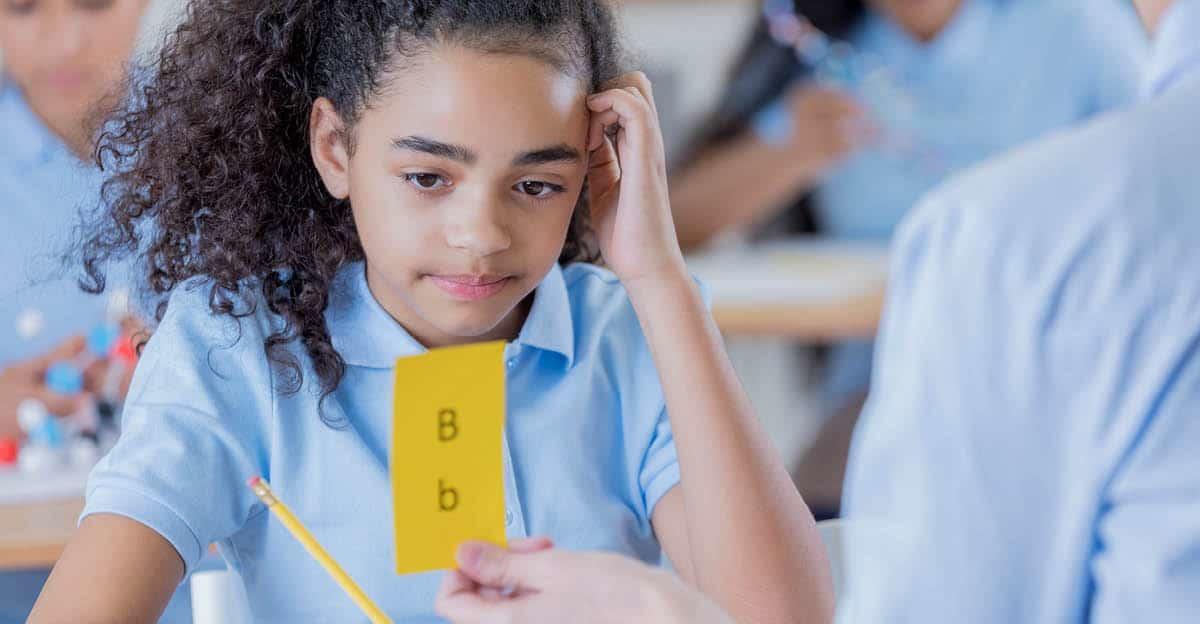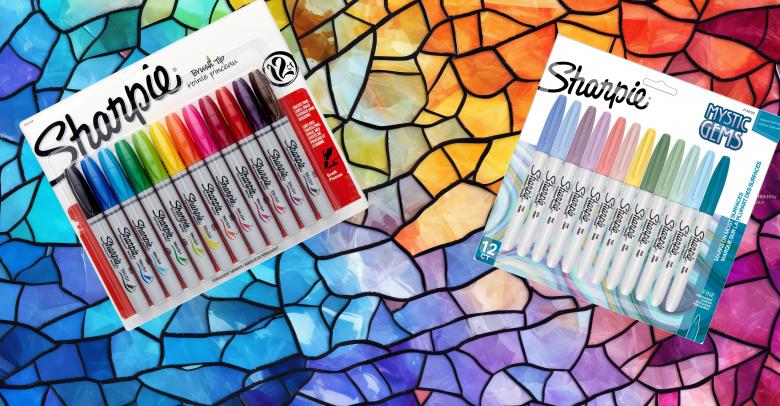Educators know that every student comes to us with unique gifts and strengths, specific obstacles, and areas of learning in which they require a challenge. The unique needs of each young learner is in large part what makes teaching more than a profession. It’s also an art and science that requires expertise, insight, training, passion, and dedication. Teaching reading and literacy is uniquely complex, starting at the foundation of learning how to read and moving towards the end objective of comprehension and the “why we read.”
Along the way readers will encounter obstacles in their journey towards reading proficiency. Many of these challenges arise during the process of proficiency in comprehension. This is largely due to the complexities that exist across different texts which are encountered from childhood and throughout adulthood.
As educators teach the skill of comprehending a text, there are many tips and strategies that can support all readers. These can easily be implemented within your classroom instruction to support the needs of all students.
Scaffolding: Simple & Complex Questions
For elementary aged children, one comprehension strategy is to provide scaffolded questions to help support understanding. Scaffolding means that the instructor uses simpler questions to develop understanding before increasing complexity to harder comprehension or analysis questions. For elementary school children, these questions might start as simple who, what, when, where, and why questions that allow children to identify key concepts in the story or article. These basic questions also provide a scaffold for older students. They can be used either in list form or as part of a graphic organizer. For complex texts with difficult words or topic specific vocabulary, a brief word list of key terms might help struggling students.
Tools for Reading Comprehension Assistance
For more complex comprehension assistance, teachers may wish to provide more detailed questions that allow students to dig into various aspects of the text. Various texts may already have comprehension questions provided as part of the teacher’s material. However, generic comprehension questions can help students determine major ideas, major events, and major characters or figures in a piece of literature or non-fiction.
Items such as comprehension question cards can be used for students to help support understanding during post-reading discussion. For small groups or a more hands-on activity, comprehension question cubes provide a similar review of the story’s main elements in a more interactive form. The key factor behind these question strategies is to provide students with a basic understanding of what they read through the use of re-reading, summary, and key idea identification.
Shop Reading Comprehension Tools
Basic Reading Comprehension Tips to Benefit Any Reader
Regardless of the style of comprehension question, teachers should focus on a few key elements. First, ask the student to read and re-read texts to develop habits of referring back to the text. Ask the student, then have them point to where in the story they identified a particular element, event, or character. As students become more accomplished at basic “who, what, when, where” questions, teachers may wish to introduce different organizer elements.
Plot or event timelines can sequentially track the sequence of important events in the story. This provides students with a quick synopsis to improve comprehension. Use gallery style walk posters to allow students to identify important details in small groups and share out in a larger class discussion. In this format students write important details about a specific element or question on a poster and then rotate to a new poster to add additional information to a new question. By the end, all students have added to each poster and have a comprehensive overview of the reading selection.
More Ideas for Helping Struggling Readers
Educators may have various methods to improve comprehension in their students. But the basic scaffold of finding the main concepts in a reading selection is a critical foundation to deeper understanding. Check out the Reading & Literacy category to find more ideas to get students excited about reading. Also follow the link below to check out the Struggling Readers tag page for more specific posts on reading intervention.






Leave a Reply